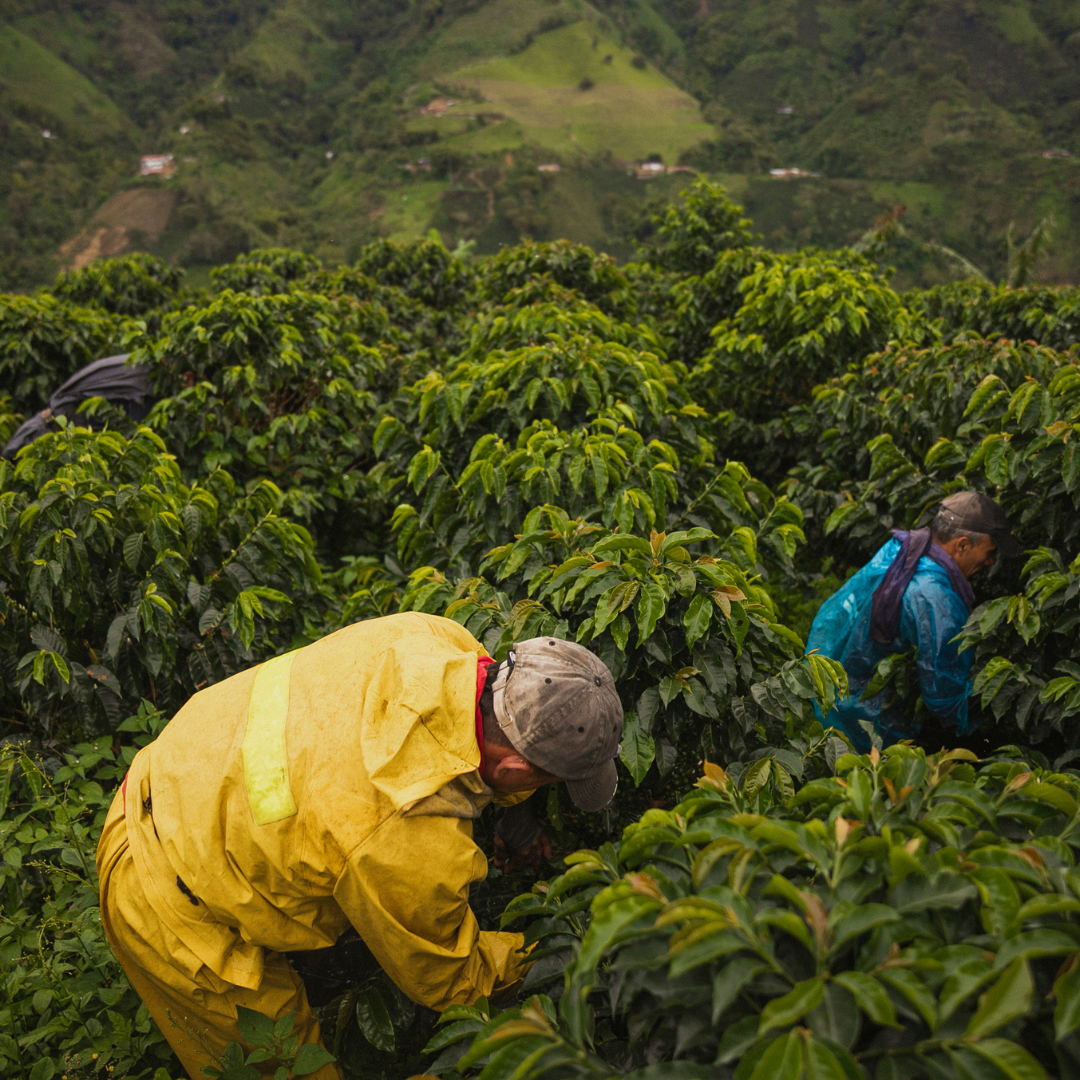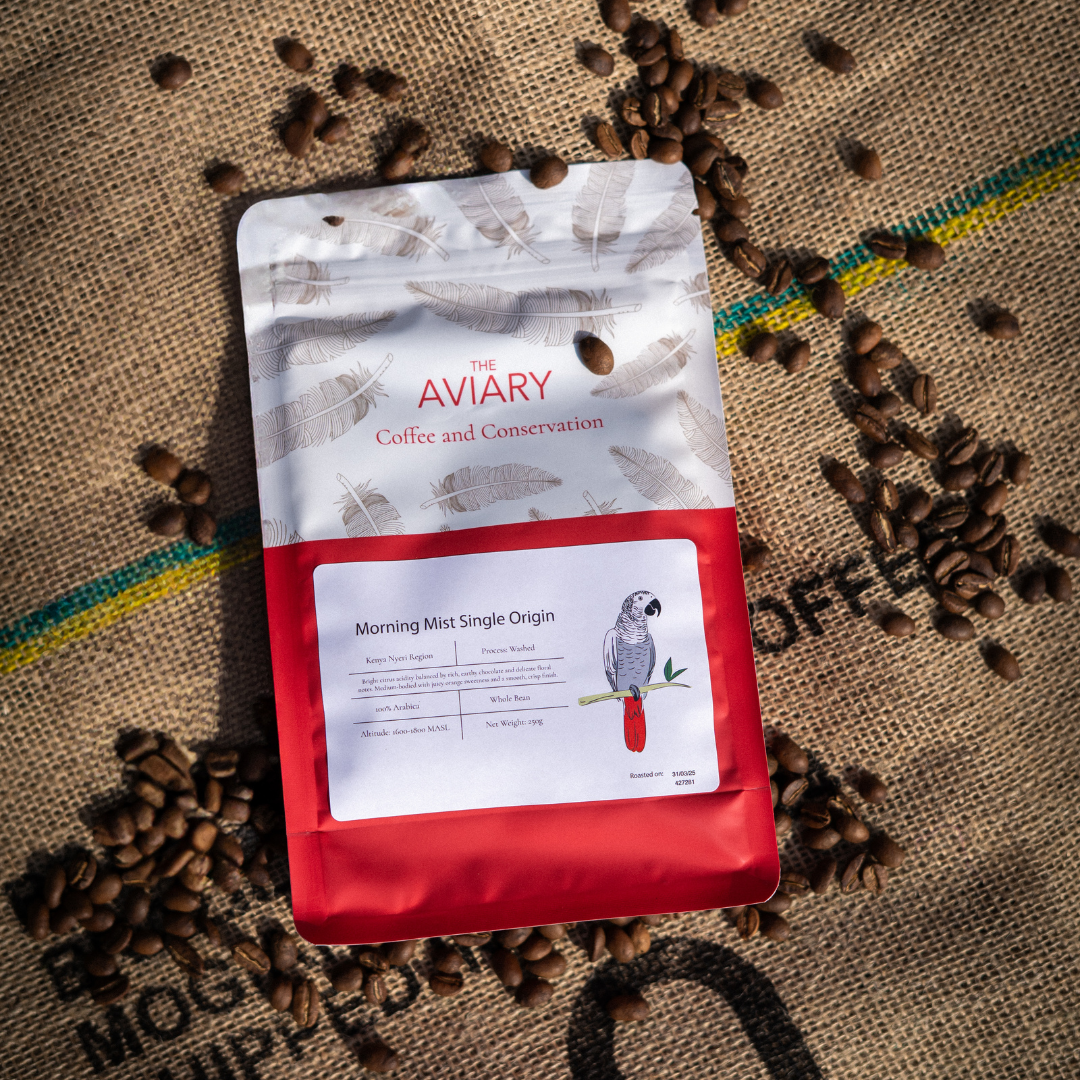If you're a coffee lover, you might have noticed that your daily cup of joe has become more expensive recently. This isn't just a local phenomenon; global coffee prices have been on the rise, and a significant factor behind this trend is climate change. The intricate relationship between our planet's shifting climate and coffee production is causing ripples throughout the industry, affecting both prices and the livelihoods of those who cultivate this beloved bean.
The Global Impact of Climate Change on Coffee Prices
Coffee cultivation is highly sensitive to environmental conditions. Factors such as temperature, rainfall, and the prevalence of diseases play crucial roles in determining both the yield and quality of coffee crops. As climate change disrupts these factors, the consequences are felt across the entire supply chain.
-
Extreme Weather Events: Major coffee-producing countries like Brazil and Vietnam have experienced severe droughts and unpredictable weather patterns, leading to reduced harvests. These supply shortages contribute to increased global coffee prices. Business Insider
-
Delayed Price Transmission: According to the United Nations Food and Agriculture Organization (FAO), shocks in raw coffee prices typically take about a year to impact consumers, with effects lasting at least four years. This means that recent climatic events will continue to influence coffee prices for the foreseeable future. Reuters
-
Supply Chain Disruptions: Beyond production challenges, the global coffee market faces issues like shipping delays and increased transportation costs, further driving up prices. Supply Chain Digital
Climate Change and Its Effects on Colombia's Coffee Industry
Colombia, renowned for its high-quality Arabica beans, has not been immune to the impacts of climate change. Over the past five years, Colombian coffee farmers have faced numerous challenges:The Economic Times
-
Rising Temperatures: The Colombian mountain region, where coffee is predominantly grown, has been warming by 0.3 degrees Celsius per decade. This gradual increase affects the delicate balance required for optimal coffee cultivation. Giving Compass
-
Increased Pests and Diseases: Warmer and wetter conditions have led to a rise in pests and fungal diseases, such as coffee rust, which devastate coffee plants and reduce yields. Giving Compass
-
Shifting Suitable Growing Regions: As temperatures rise, the optimal altitude for coffee cultivation shifts higher. Lower-altitude regions may become unsuitable for coffee, while higher elevations might see increased productivity. This shift poses challenges for farmers in traditional coffee-growing areas. SpringerLink
-
Decreased Production: Some regions in Colombia have reported a 35% reduction in coffee production over the last five years, attributed to changing climatic conditions and increased vulnerability to diseases. STV News+1ITVX+1
Adapting to the New Climate Reality
In response to these challenges, Colombian coffee farmers and organisations are implementing adaptive strategies:
-
Climate-Resilient Practices: Farmers are adopting agroforestry systems, planting shade trees, and diversifying crops to build resilience against climate variability.Financial Times
-
Research and Development: Investments in developing coffee plant varieties resistant to higher temperatures and diseases are underway to ensure future crop viability.
-
Economic Support: Organizations are advocating for long-term contracts and better financial terms for farmers to provide economic stability in the face of climatic uncertainties. Financial Times
The Road Ahead
The nexus between climate change and coffee production is a pressing concern that requires global attention. For consumers, this may mean higher prices and variability in coffee availability. For producers, especially in countries like Colombia, it presents challenges that threaten livelihoods and cultural heritage.
Addressing these issues necessitates a collaborative approach, integrating sustainable farming practices, supportive economic policies, and global efforts to mitigate climate change. Only through such concerted efforts can we ensure that coffee continues to be a staple in our daily lives, enjoyed by generations to come.













0 comments